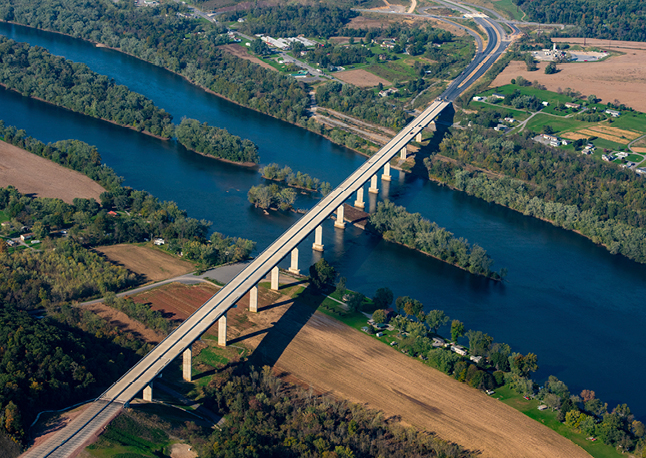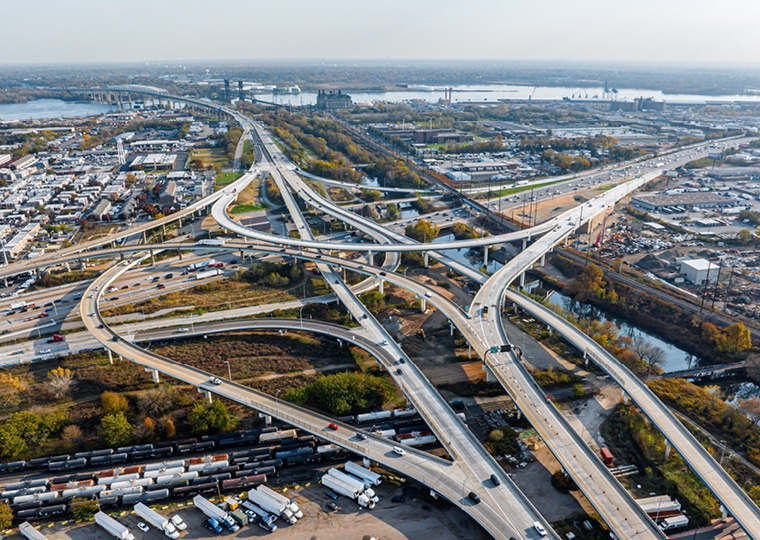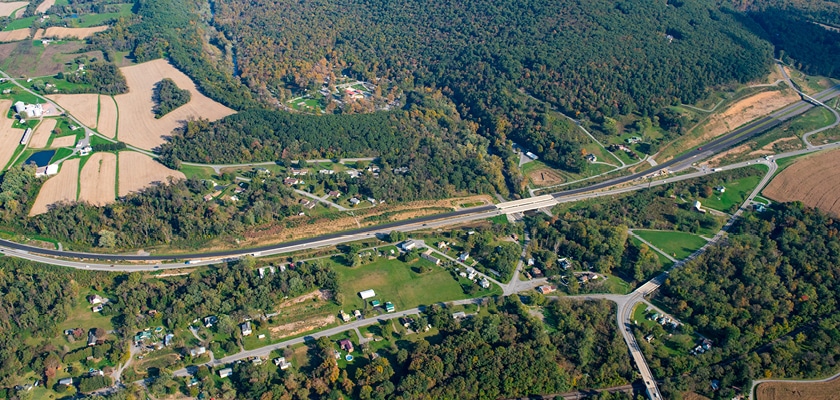
On a sunny Saturday last summer, my husband and I joined the over 6,000 people who came out to walk the Central Susquehanna Valley Transportation (CSVT) River Bridge over the West Branch Susquehanna River. Ahead of the CSVT Northern Section’s opening to traffic that July, the Pennsylvania Department of Transportation (PennDOT) invited the local community to experience the bridge before it opened to vehicles.
Families pushed strollers and bicyclists cruised the almost one-mile structure. I overheard local construction workers, who worked on the project, recount the build process to their kids. Everyone paused to take in the 360-degree-views of the West Branch Susquehanna River. It was a moment I won’t forget.
As STV’s project manager who helped lead the final design for CSVT, these are the kinds of transformative community infrastructure projects that inspire the work that we do in our industry. The opportunity to work on this program – which aims to improve safety and reduce traffic congestion along Central Pennsylvania highways and local roadways – is the primary reason that I joined STV in 2014. Over the past 25 years, STV has served in various roles on the 13-mile highway improvement project, most recently leading the final design of the Northern Section’s 5.3-mile, four-lane limited access highway and its nine bridges, including the river bridge.
Now, according to preliminary estimates released by PennDOT, CSVT’s Northern Section is significantly reducing traffic congestion in Northumberland and Union counties. PennDOT traffic counts from October 2022, just a mere three months after opening, show that the River Bridge is offloading 12,000 vehicles a day, including 3,100 trucks from the local traffic routes.
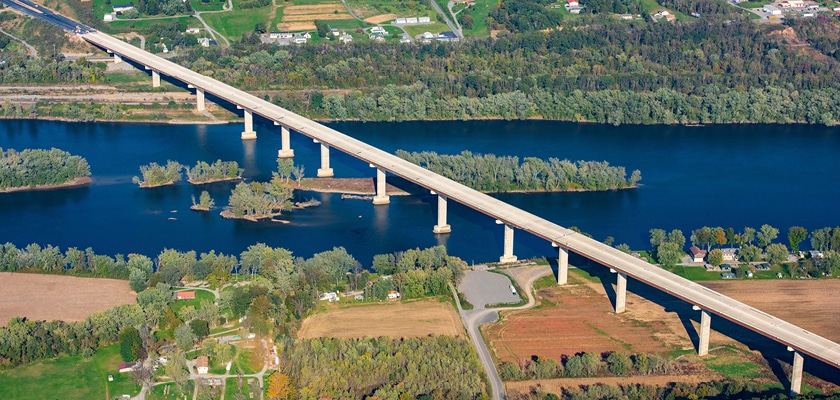
CSVT is keeping the local commercial corridors free from heavy congestion and improving safety by separating trucks and other through traffic from local traffic. US 15, just south of Lewisburg Borough, saw a 30% decrease in daily total traffic volume and a 30% decrease in daily truck volume. On PA 405, just north of Northumberland Borough, daily total traffic volume is down 40% and truck volume dropped 75%.
So how did we achieve this project’s success, more than 50 years after it was first proposed?
Traffic On Our Mind
The CSVT highway improvement project primarily addresses congestion and safety in Central Pennsylvania’s Northumberland, Snyder, and Union counties. The Northern Section connects PA 147 south of Montandon to US 15 south of Winfield. According to previous data, over 50% of cars and over 90% of trucks on the primary roadways in the vicinity of the project are simply passing through the area. Thru traffic and trucks regularly choked the local commercial corridors and caused increased traffic incidents. In 2003, it was estimated that anticipated growth in the region would more than double traffic on these local roadways, where crash rates already far exceeded the statewide average.
After STV was selected to lead the final design in 2004, funding issues placed the project on hold in 2008. The 2013 passing of Act 89, which invested $2 billion in Pennsylvania’s transportation and transit infrastructure, resurrected the project.
During the five years that the project was on hold, traffic patterns changed significantly in the area of the proposed US 15 interchange south of Winfield, known locally as the Winfield Interchange. Though the final design was nearly complete, PennDOT District 3-0 was keenly aware of the traffic and safety issues that residents were facing and enlisted a traffic consultant to update their analysis.
The updated analysis showed increases in the projected future volumes of several traffic movements, which warranted the addition of multiple ramps to the proposed interchange. Our team reevaluated the final design and incorporated these revised traffic projections into a redesigned Winfield Interchange to reflect the anticipated commuter experience. STV designed a northbound mainline collector-distributor lane in conjunction with the added ramps to improve the capacity and safety of the interchange.
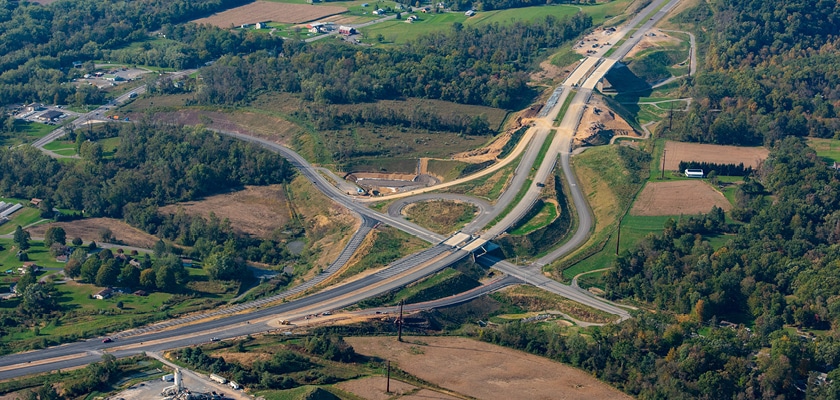
Intuitive and informed design decisions like this defined our approach to the project at every turn. Throughout CSVT’s design development, STV and PennDOT prioritized input from the public, community groups, and local officials. With reduced thru traffic on the commercial corridors, local businesses are already seeing an uptick in customers visiting their stores and restaurants who no longer have to worry about packed roadways.
Over the next few years, PennDOT will continue to gather traffic data from the Northern Section to understand its long-term impact, especially as the Southern Section’s final design and construction progress. That the Northern Section has already made a significant impact on the community is telling of how vital CSVT is to Pennsylvania.

Barbara Hoehne, PE, is an engineering/technical director at STV and served as project manager for CSVT’s Northern Section project. With more than 30 years of experience providing roadway design, engineering, and management services for city and state transportation agencies, she is Immediate Past President of the American Society of Highway Engineers (ASHE) Altoona Section and a founding member of Women in Transportation Seminar (WTS) Central Pennsylvania.
